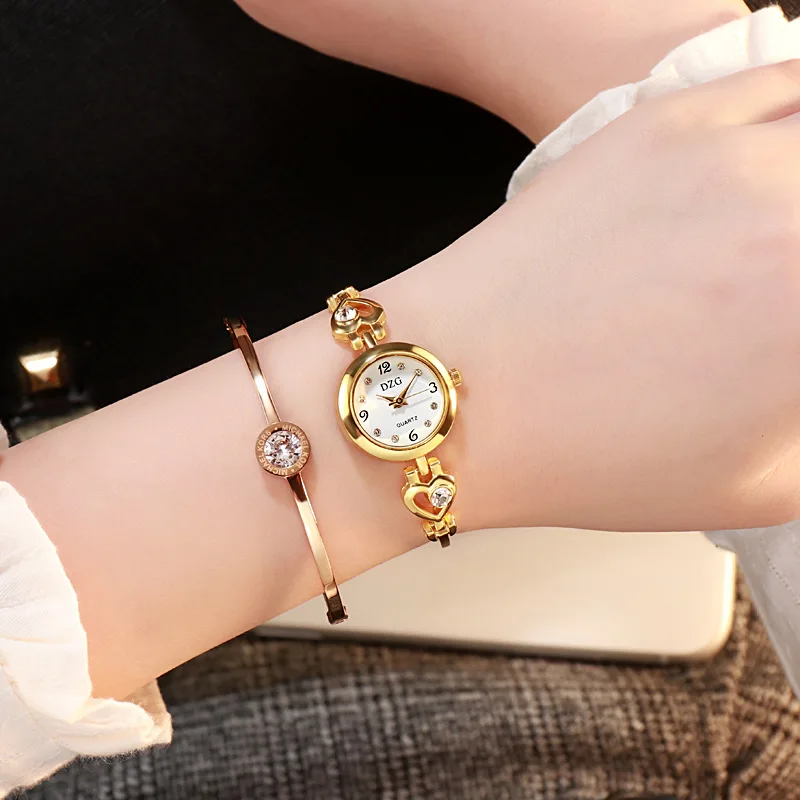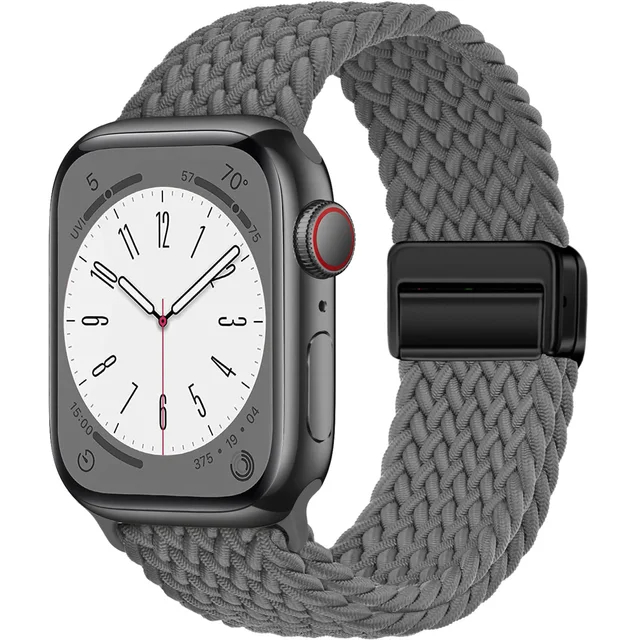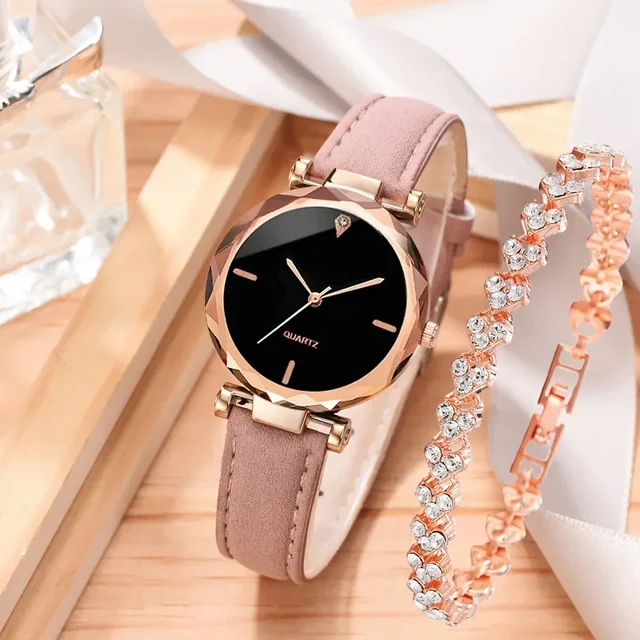Introduction
Wristwatches have been a symbol of both practicality and style for over a century. Their journey from simple timekeeping devices to complex fashion statements reflects broader technological advancements and changing social attitudes. This article delves into the evolution, significance, and future of wristwatch, exploring their impact on daily life and fashion.
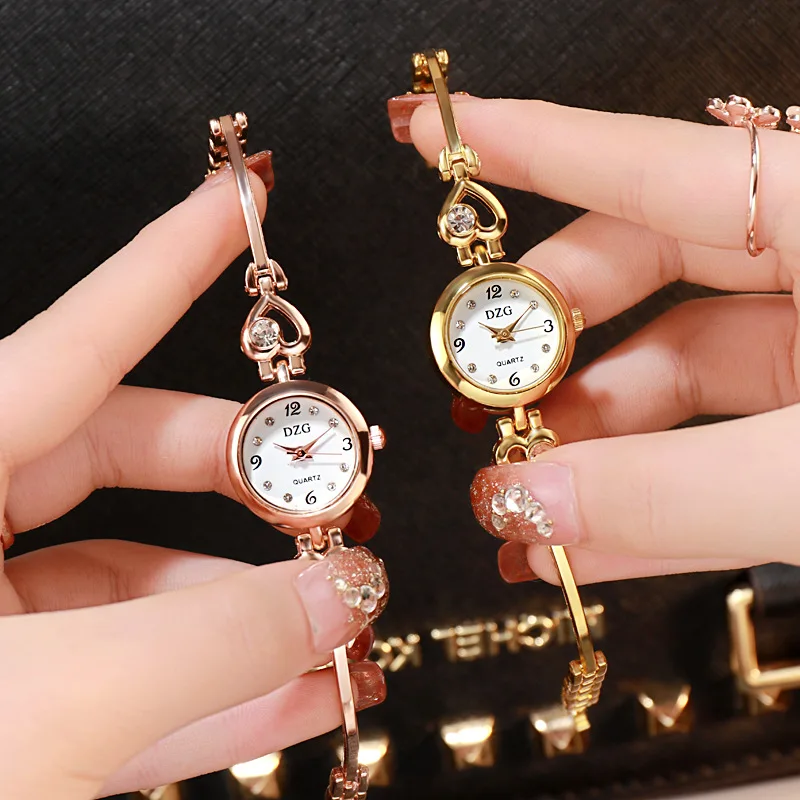
The History of Wristwatches
Early Timekeeping Devices
Before wristwatches became popular, people relied on pocket watches to keep track of time. Pocket watches were introduced in the 16th century and were carried in pockets or attached to clothing. They were considered luxury items and were often ornately designed. The concept of wearing a watch on the wrist was not common until much later.
The idea of a wrist-mounted timepiece began to take shape in the 19th century. Early wristwatches were primarily worn by women, as men’s timepieces were still predominantly pocket watches. These early wristwatches were more ornamental than functional, often featuring elaborate designs and gemstones.
The Advent of Modern Wristwatches
The turn of the 20th century marked a significant shift in the wristwatch’s role. During World War I, soldiers needed practical, hands-free timekeeping devices. Pocket watches proved inconvenient for soldiers in the field, leading to an increased demand for wristwatches. This period saw the rise of military watches, designed for durability and functionality. These watches were rugged, with clear dials and robust cases.
Following the war, wristwatches gained popularity among men. They became a symbol of modernity and convenience. The 1920s and 1930s saw the emergence of iconic wristwatch brands, many of which are still renowned today. This era introduced innovations such as automatic winding mechanisms and water-resistant designs.
The Components of a Wristwatch
Mechanical Movements
Wristwatches can be broadly classified into mechanical and quartz movements. Mechanical watches are powered by intricate gear systems and springs. These watches require regular winding to maintain accuracy. Mechanical movements are celebrated for their craftsmanship and the artistry involved in their construction.
There are two main types of mechanical movements: manual and automatic. Manual watches require the wearer to wind them daily, while automatic watches wind themselves through the motion of the wearer’s arm. Despite the advent of quartz technology, mechanical watches remain popular among enthusiasts for their traditional appeal and complex engineering.
Quartz Movements
Quartz watches revolutionized the industry when they were introduced in the 1960s. Unlike mechanical watches, quartz watches are powered by a battery and a quartz crystal. The quartz crystal oscillates at a precise frequency, ensuring accurate timekeeping. Quartz movements are known for their reliability and minimal maintenance requirements.
Quartz watches became widely popular due to their accuracy and affordability. They marked a shift from luxury timepieces to more accessible everyday items. This transition democratized wristwatch ownership, making it possible for more people to own a reliable timekeeping device.
Digital and Smartwatches
In the late 20th century, digital watches emerged, offering an alternative to traditional analog displays. Digital watches use electronic displays to show time, date, and other functions. They are often equipped with additional features such as alarms and stopwatches.
The 21st century introduced smartwatches, which integrate advanced technology with traditional timekeeping. Smartwatches offer a range of functionalities, including fitness tracking, notifications, and connectivity with other devices. They represent the latest evolution in wristwatch technology, merging traditional design with modern capabilities.
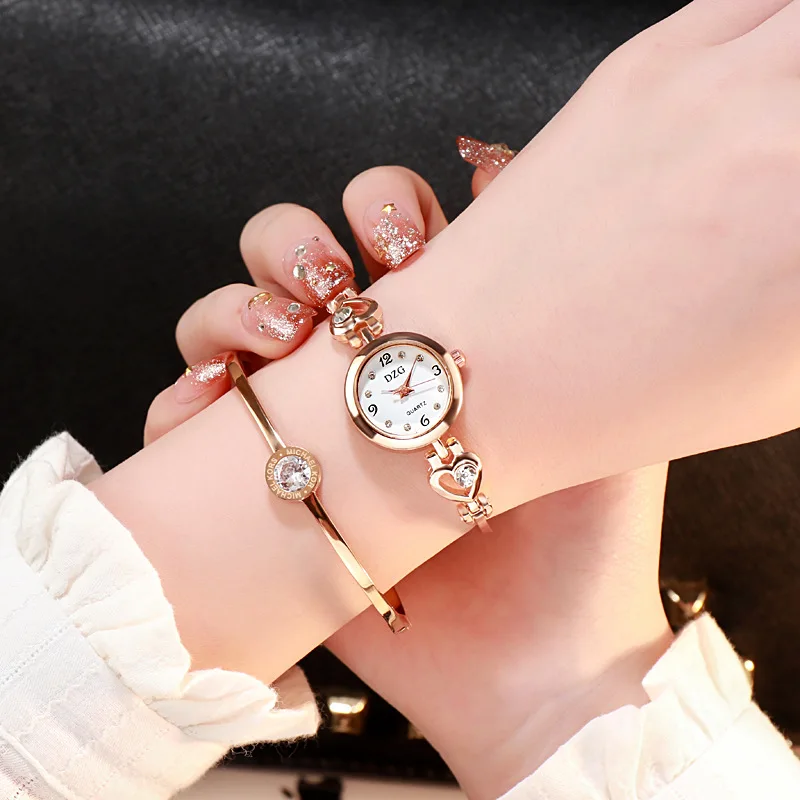
The Role of Wristwatches in Fashion
Timeless Elegance
Wristwatches have always been more than mere timekeeping devices. They are fashion accessories that can make a statement about one’s style and status. Classic designs from brands like Rolex, Patek Philippe, and Omega are celebrated for their elegance and timeless appeal. These watches are often considered symbols of prestige and success.
A well-chosen wristwatch can enhance an outfit, adding a touch of sophistication. Watches with sleek, minimalist designs are favored for formal occasions, while bold, colorful models might be worn for casual or sporty events. The variety of designs available allows individuals to express their personality and preferences through their choice of timepiece.
Trends and Innovations
Fashion trends significantly influence wristwatch designs. Over the years, there have been various trends, from oversized dials to vintage-inspired models. The popularity of different styles often fluctuates, influenced by cultural and fashion movements.
Recent innovations have introduced watches with interchangeable bands, customizable dials, and unique materials such as ceramics and carbon fiber. These advancements allow for greater personalization and adaptability, catering to diverse tastes and preferences.
The Future of Wristwatches
Technological Integration
The future of wristwatches is likely to be shaped by continued technological advancements. Smartwatches and hybrid watches that combine analog and digital features are expected to become even more sophisticated. Future innovations may include enhanced health monitoring, improved connectivity, and integration with emerging technologies such as augmented reality.
As technology evolves, wristwatches will continue to adapt, offering new functionalities while maintaining their core appeal. The challenge will be to balance technological integration with the traditional values of craftsmanship and design that have defined wristwatches for over a century.
Sustainability and Ethical Practices
There is an increasing emphasis on sustainability and ethical practices within the watch industry. Consumers are becoming more aware of the environmental and ethical implications of their purchases. Brands are responding by adopting sustainable practices, such as using recycled materials and ensuring fair labor practices.
The future of wristwatches will likely involve a greater focus on these aspects, with more brands prioritizing environmental responsibility and ethical sourcing. This shift reflects broader trends in consumer behavior and highlights the growing importance of sustainability in all aspects of manufacturing and retail.
Technological Innovations in Wristwatches
Smartwatches and Digital Integration
Smartwatches represent a major leap in wristwatch technology, merging timekeeping with digital functionality. They offer features such as:
- Fitness Tracking: Smartwatches often include sensors to monitor physical activity, heart rate, sleep patterns, and more. This makes them valuable tools for health and fitness enthusiasts.
- Notifications: They can sync with smartphones to provide notifications for calls, messages, and apps, allowing users to stay connected without checking their phones.
- Navigation and GPS: Many smartwatches feature GPS functionality, making them useful for navigation and tracking outdoor activities.
- Customizable Displays: Users can personalize watch faces and interfaces to suit their style and needs, often changing them based on mood or occasion.
Hybrid Watches
Hybrid watches blend traditional analog designs with modern digital features. These watches retain mechanical dials while incorporating smart functions like:
- Activity Monitoring: They track steps and calories burned without sacrificing the classic watch appearance.
- Smart Notifications: Hybrid watches can provide discreet notifications through vibrations or small digital displays.
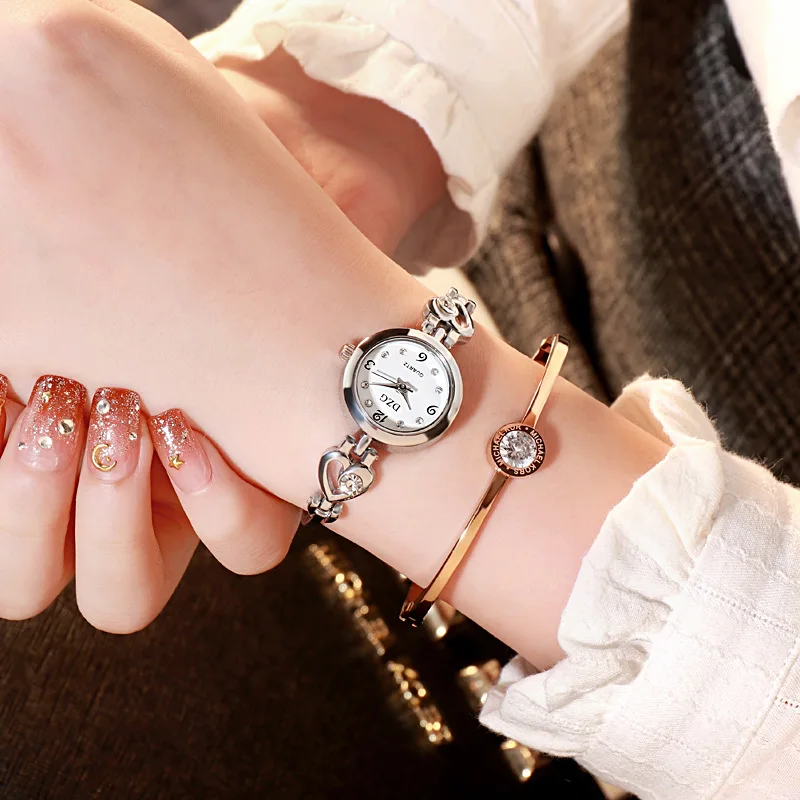
Future Trends
Looking ahead, wristwatches might integrate advanced technologies such as:
- Augmented Reality (AR): Future watches could use AR to overlay information on the physical world, providing enhanced navigation or interactive experiences.
- Advanced Health Monitoring: Innovations might include more sophisticated health metrics, such as blood sugar levels or hydration tracking.
- Improved Battery Life: As technology advances, future smartwatches may offer longer battery life and more efficient power management.
Evolution of Wristwatch Design
Iconic Styles and Their Legacy
Wristwatch design has evolved through various iconic styles:
- Dress Watches: Known for their elegance and simplicity, dress watches often feature thin cases and minimalist designs. They are typically worn on formal occasions.
- Diving Watches: Built for underwater exploration, these watches are characterized by their robust construction, water resistance, and luminous dials. The Rolex Submariner and Omega Seamaster are classic examples.
- Pilot Watches: Designed for aviation, pilot watches often feature large, legible dials and additional functionalities like chronographs and navigational aids.
Modern Innovations in Design
Recent trends in wristwatch design include:
- Material Innovation: Use of new materials such as ceramic, titanium, and carbon fiber for enhanced durability and aesthetics.
- Interchangeable Components: Many modern watches offer interchangeable straps and bezels, allowing users to customize their timepiece for different occasions.
- Sustainability: Designers are increasingly focusing on eco-friendly materials and manufacturing processes, reflecting a broader trend towards sustainability in consumer products.
The Role of Wristwatches in Fashion
Cultural Significance
Wristwatches have a deep cultural and fashion significance. They often serve as status symbols and can reflect personal style. Iconic watches, such as those worn by celebrities or featured in films, can set trends and influence popular culture.
Collecting and Investment
High-end watches are not only fashion statements but also valuable investments. Collectors often seek limited-edition or vintage models, which can appreciate in value over time. The watch industry has a robust market for rare and collectible timepieces, driven by both their craftsmanship and their historical significance.
Customization and Personalization
Customization has become a significant trend in wristwatches. Consumers now have the option to:
- Design Custom Dials: Many brands offer customizable watch faces with personal engravings or unique designs.
- Choose Materials: Buyers can select from various materials for cases, bands, and bezels, tailoring the watch to their taste.
- Explore Limited Editions: Limited-edition watches offer exclusivity and uniqueness, often designed in collaboration with artists or celebrities.
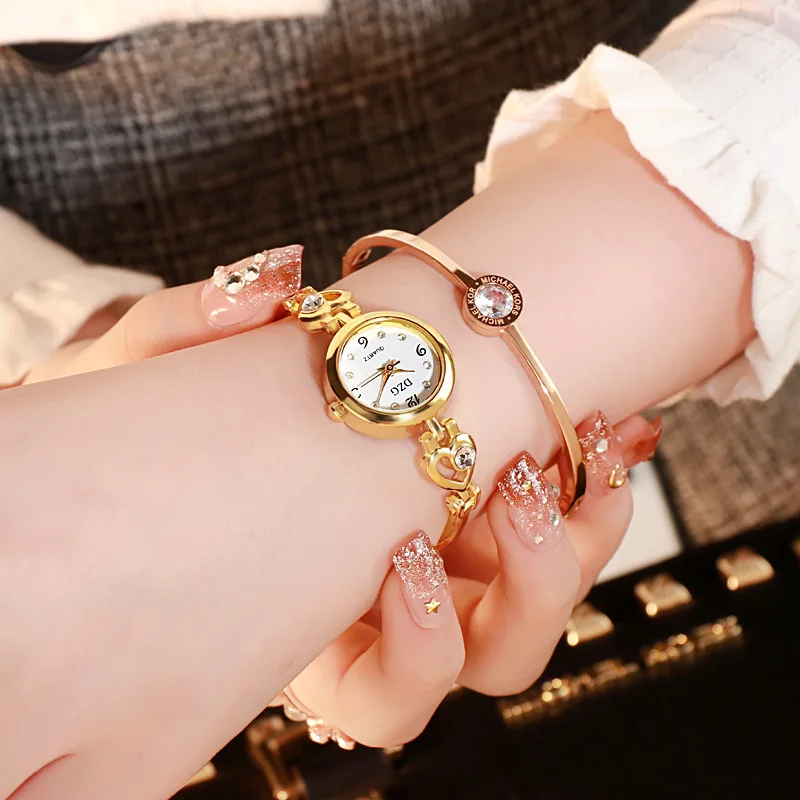
Conclusion
Wristwatches have evolved from simple timekeeping devices to sophisticated symbols of style and innovation. Their history reflects broader technological advancements and shifting social attitudes. As we look to the future, wristwatches will continue to blend traditional craftsmanship with modern technology, ensuring their relevance and appeal for generations to come. Whether valued for their mechanical complexity, fashion-forward designs, or cutting-edge technology, wristwatches will remain a significant part of our lives and culture.
